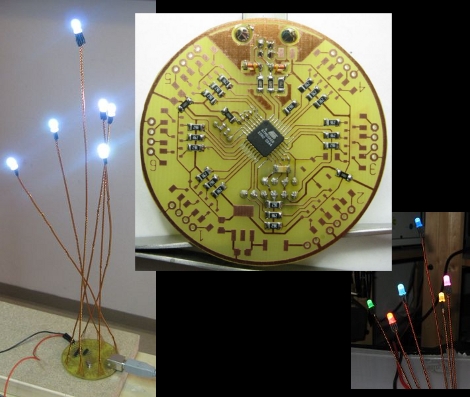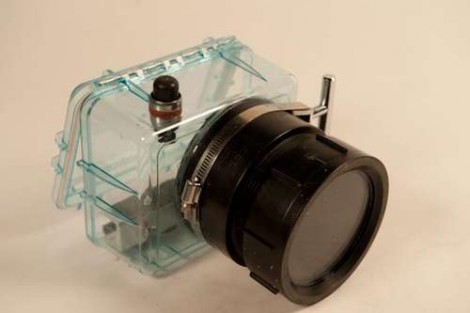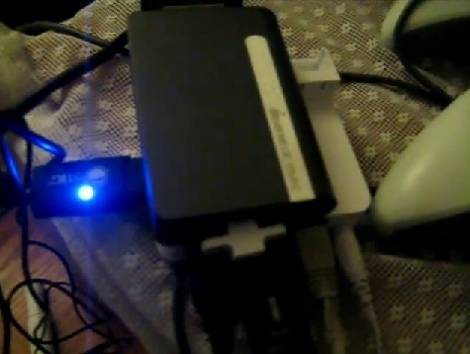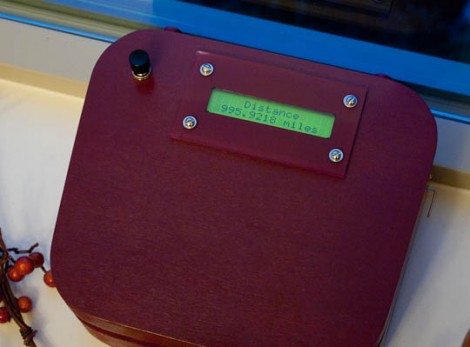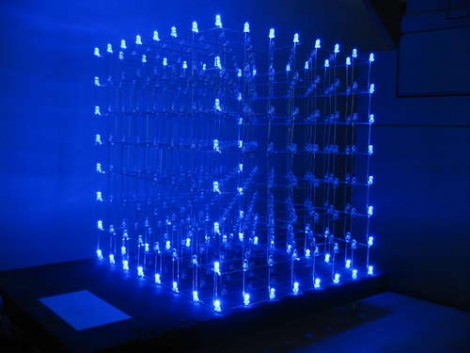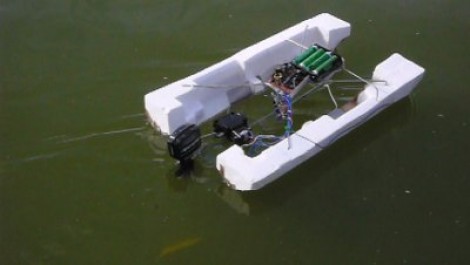
[Kevin Sandom] built this boat using a radio controlled toy car. The two pontoons are recycled from Styrofoam packaging material using some thick wire to connect them and provide a framework for the propulsion and control circuitry. The motor itself is a hobby outboard, which really only required [Kevin] to develop a method for steering. He walks us through the build process in the video after the break, where we find out that the original toy has a pretty bad design flaw. It seems the car used four AA batteries to drive the motor, but one of the four batteries was also used separately from the other three to power the control circuitry. Running that battery down faster than the others shortens the life of the whole.
This is considerably easier than the underwater ROV hacks we’ve seen before. We do think that it would make for a fun weekend project, and we’d bet you’ll get some weird looks for piloting what appears to be garbage around a pond.

